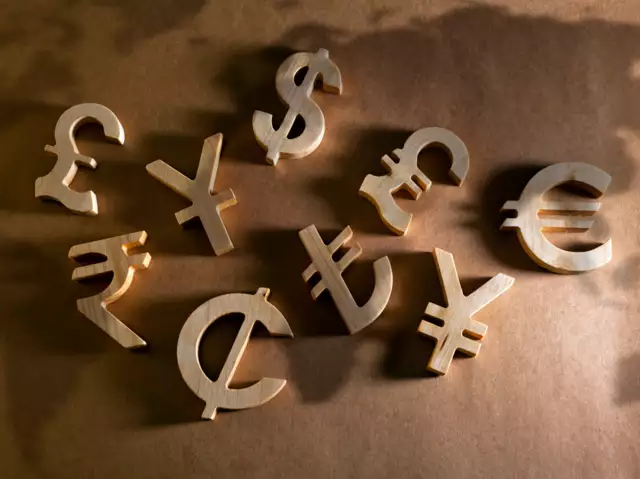
While Trump’s executive order signed on Monday—directing drugmakers to lower medicine prices to align them with what other countries pay—primarily targets global Big Pharma innovators, industry analysts say generic drug makers from India may also feel the squeeze.
“With 4% of the world population in the US, pharma companies are making two-thirds of their profits from America, and that’s not a good thing,” Trump said while directing drugmakers to bring down prices.
While details of the order are still emerging, US health and human services secretary Robert F Kennedy Jr told reporters it was the most powerful executive order and that he did not expect it to happen in his lifetime.
Kennedy noted that the per-capita cost of healthcare in the US stands at $1,126, nearly four times higher than $240 in Great Britain and most European countries.
Indian industry players are cautiously watching the development as they await more clarity.
Some analysts warn the pricing parity plan could put pressure on Indian companies to increase prices back home to ensure their price-cuts in the US are not steep.
Some experts said the order may establish a ‘most favoured nation policy’ whereby the US would pay the same price as select countries.
“The said policy seeks to lower prescription drug costs in the US by tying Medicare payments for certain drugs to the lowest prices paid by other high-income countries with comparable economies, such as Canada, Germany, or the United Kingdom,” said Saurabh Agarwal, tax partner at EY.
“While the move promises major savings for American consumers, it could face industry pushback and cause price increases in lower-cost countries as manufacturers seek to recover losses and R&D cost from these countries,” he said.
A top pharma industry official, though, said the US move appears to be aimed at innovator companies and not the generic firms. Innovator drug prices in the US are much higher than in other nations.
“This may lead to many US innovator companies to delay the launch of their drugs in other countries,” he added.
Bhanu Prakash Kalmath SJ, partner and healthcare industry leader at Grant Thornton Bharat, said the “order may lead to margin pressure for generic producers in India in the short term though the scope may not be significant.”
“However, it will be important for the regulators in the USA to assess the overall margin in the value chain of generic products viz the margin of manufacturers and distributors to identify opportunities for price reduction,” he said.
US National Institutes of Health secretary Jay Bhattacharya told reporters the executive order helps American people, who have been for long subsidising the costs of healthcare for other countries. “By this new order, Europe will share some of that,” he noted.
The US has the highest prescription drug prices globally—about 2.78 times more than other wealthy countries, according to a study by RAND Corporation and the US federal department of health and human services.
According to news reports, Trump has set a 30-day deadline for drugmakers to cut prices. If the pharma companies fail to do so, they will face new limits over what the government will pay, he warned. He is reportedly looking at price cuts between 59-90%.
It is widely expected that leading American companies may legally challenge the order.
WAITING FOR CLARITY
Most analysts don’t expect significant near-term impact on Indian drugmakers even as they await clarity. But they think the order may have a bearing on their long-term capital allocation strategies.“While we do not expect immediate material impact on the US generics business of Indian pharma companies, its revenue growth and capital allocation strategies may likely be impacted, if the executive order gets implemented,” said Nishith Sanghvi, director, corporates, at India Ratings and Research (Ind-Ra).
“We expect contract development and manufacturing organisation (CDMO) players to benefit,” he added.
Some worry about potential collateral damage. “In addition to the pharma industry, the CDMO industry will also be hit as the innovators will try to rationalise spending by cutting R&D budgets due to the expected price cuts,” said Soorya N Patra, pharma analyst at Phillip Capital.
The executive order comes at a time when Indian drugmakers are already looking for remedies after Trump last month threatened potential tariffs on pharmaceuticals export to the US.
India occupies a strategic position in the US pharma market, with Indian drug companies being key to ensuring access to affordable medicines for patients in the US. India exports about $9 billion worth of formulation in value terms to the US, but accounts for 40% of the medicines consumed in that market.
In comparison, the European Union has just a single-digit percentage of the market, exporting $140-150 billion of drugs.
(Catch all the Business News, Breaking News, Budget 2025 Events and Latest News Updates on The Economic Times.)
Subscribe to The Economic Times Prime and read the ET ePaper online.
Read More News on
(Catch all the Business News, Breaking News, Budget 2025 Events and Latest News Updates on The Economic Times.)
Subscribe to The Economic Times Prime and read the ET ePaper online.



































